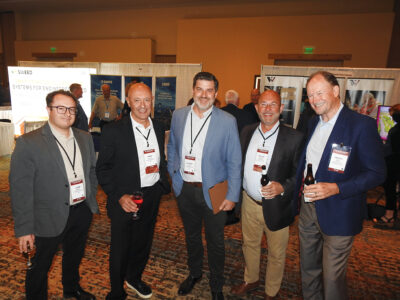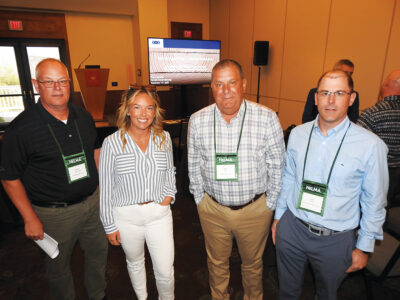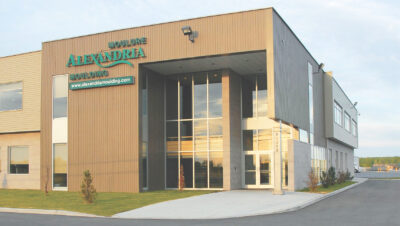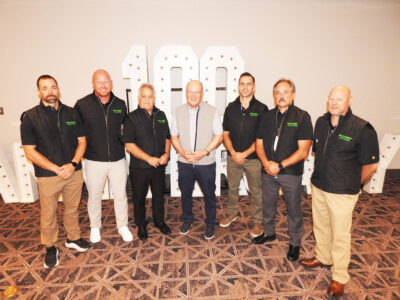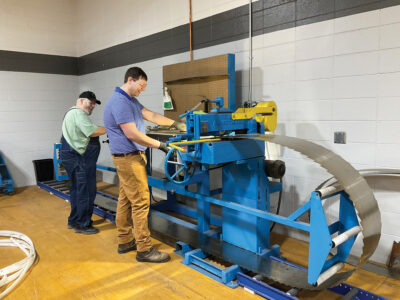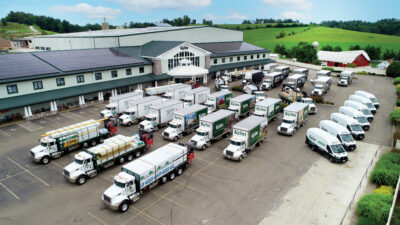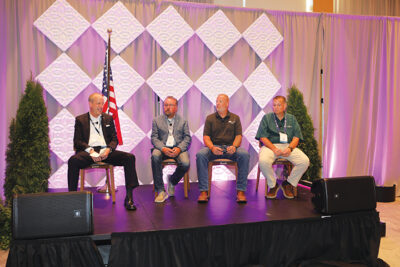
Product differentiation is a key part of any marketing strategy. It distinguishes your product from your competition, creates brand loyalty, and communicates the uniqueness and advantages of your product. We’re accustomed to seeing product differentiation in countless consumer and professional goods: cars, shoes, watches and packaged goods, to name just a few. Most of these categories routinely promote how their product is unique and stands apart from its competitors. This degree of differentiation isn’t as common in the lumber industry, but it needs to be.
Our mandate at the Western Red Cedar Lumber Association is to promote and advocate for Western Red Cedar, and the Cedar industry is a prime example of the importance of separating your product from other species and the need to clearly communicate its unique attributes.
WRCLA members’ products come under the Real Cedar brand and are supported by the association. Over the decades, a lot of work has gone into developing the brand and all that it’s associated with. From consumer advertising to professional education programs for architects, the WRCLA has adhered to a strategic communications strategy to demonstrate why Western Red Cedar is the ideal species for specific applications.
With the exception of non-wood competitive products, the WRCLA has never created a negative or competitive campaign against any other natural wood species. Obviously, different species have their own properties and characteristics that make them well suited for specific applications. Western Red Cedar is no different. Real Cedar advertising has only focused on its own benefits and advantages.
It is this adherence to a consistency of messaging that underscores the value of differentiating Real Cedar from other species.
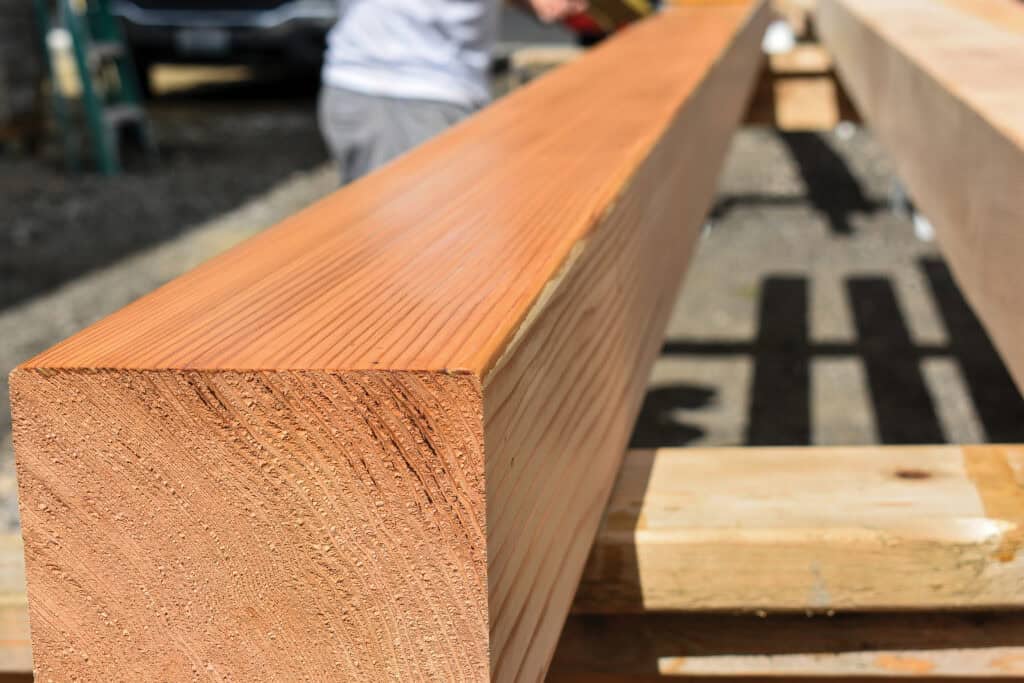
While it’s highly unlikely anyone would confuse WRC with, say balsa wood or an exotic hardwood cumaru, the prevalence of more similar species like Japanese Cedar, or Sugi (Cryptomeria japonica) in North American markets has caused some confusion and a concern about brand erosion for Real Cedar. As Managing Director of the WRCLA, I obviously have a vested interest in promoting WRC, but I’ll state that I have no issue with Sugi as a product per se; it’s well priced, it can look nice and is fine in certain applications. Where it can cause complications in the market, however, is when they ride the coattails of the Real Cedar brand, and are used in applications where WRC would be better suited, and then fail to perform to Real Cedar’s standards.
This is why the WRCLA is focusing on differentiating WRC from other species and emphasizing consumers to look for the Real Cedar logo.
The Real Cedar logo is the visual representation of the brand, and the brand has an excellent story behind it. Western Red Cedar (thuja plicata) is naturally resistant to the elements and is highly resistant to pests and decay, making it ideal for outdoor applications such as decking, soffits, siding, yardscape structures and finishing boards like fascia.
The fact that there is no need to chemically treat or thermally modify the species to prepare it for outdoor use is a tremendous selling point for consumers, and an advantage few wood species can claim.
The versatility of WRC is another key component of the brand story, and a persuasive reason for consumers to purchase Real Cedar. The wide range of siding profiles, surface textures, dimensions and even color variations are all exceptional characteristics of the species and its products and help set WRC apart from other materials.
It is worth noting that recent studies in biophilia- the connection human beings have with nature and natural elements- show that there are significant health benefits to using natural wood products like WRC in the built environment, reducing stress and stress-related illness. Interestingly, faux-wood products do not provide the same benefit.
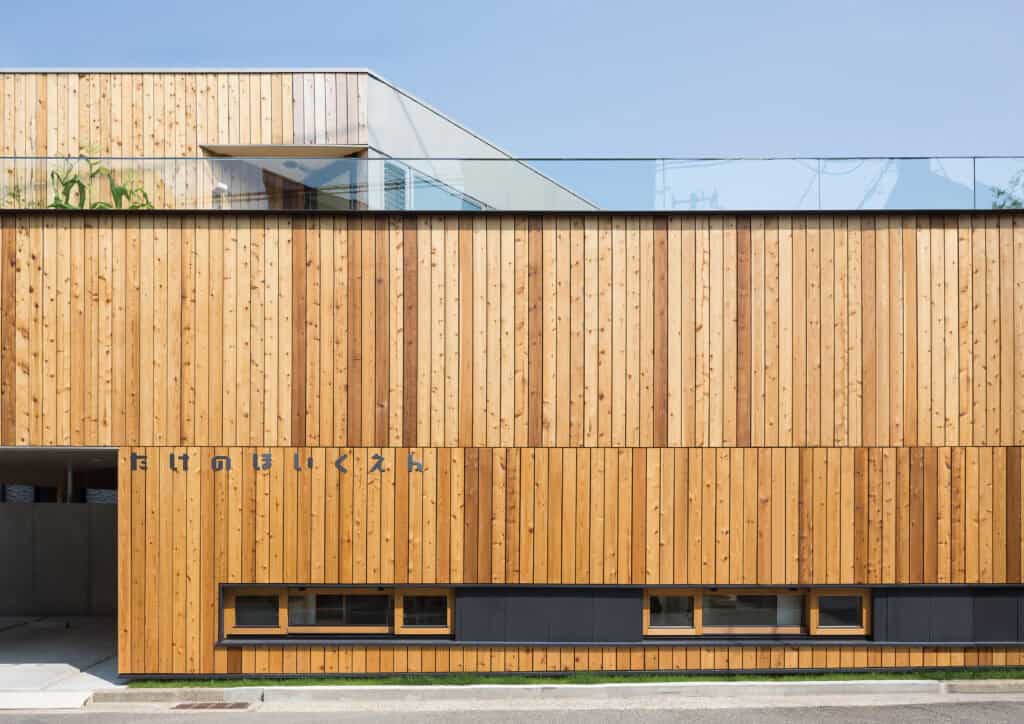
While the look of the product has traditionally been the most compelling feature of Real Cedar and its highest profile brand attribute, the sustainability of the species is undoubtedly becoming the most important. As awareness of climate change continues to grow, consumers are increasingly taking broader actions to aid the environment. We only have to look at the surge in EV popularity, the decrease in plastic shopping bags or the move away from natural gas to see the adoption of these behaviors. Homes and building materials with lower carbon footprints are also becoming part of this necessary shift. In the past, the WRCLA has focused on reaching architects and builders with messaging on WRC’s sustainability, carbon sequestration, and the role it plays in forest renewal. Wood product differentiation by both origin and product standards, i.e. FSC certification, are compelling, responsible and can be highly persuasive reasons for choosing one species over another.
With consumers becoming more receptive to these facts, and increasingly willing to make purchase decisions that help mitigate climate change, this messaging has now become a cornerstone of the Real Cedar brand.
All of these, as well as other benefits, form a part of the Real Cedar brand that distributors, retailers and consumers are exposed to. The logo also stands for the quality and consistency of the members that manufacture, distribute, and sell Real Cedar products. While it is the product on the floor that’s being sold at the end of the day, knowing that product is supported by an international organization representing all aspects through its chain of custody is a valuable difference, particularly in markets where the strategy is to counter price-based competition.
Our industry needs product differentiation. It builds brand reputation; sells product features and benefits, and demonstrates value to the consumer. In the lumber industry, however, product differentiation is both a product marketing strategy and an important economic tool. Differentiation by origin and “green certification” creates additional consumer choices by demonstrating sustainable forest practices- the product comes from legal, responsible sources- as well as supporting local social and economic conditions, creating jobs and building communities.
The Real Cedar brand has real value. It’s why we’re telling the market that if it says “Real Cedar”, it is.
Established in 1954, the WRCLA is the voice of the Cedar industry and has members in 131 locations throughout North America.
